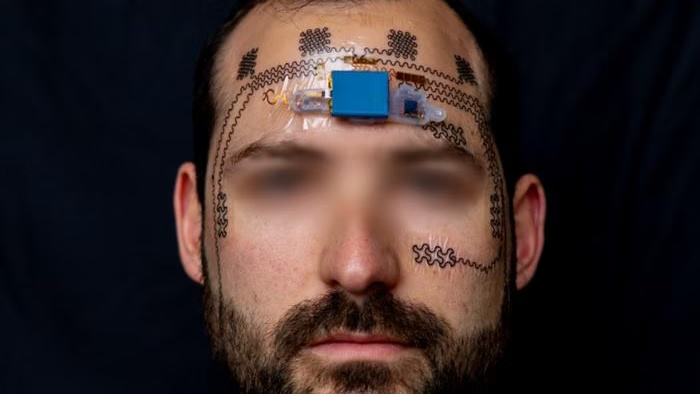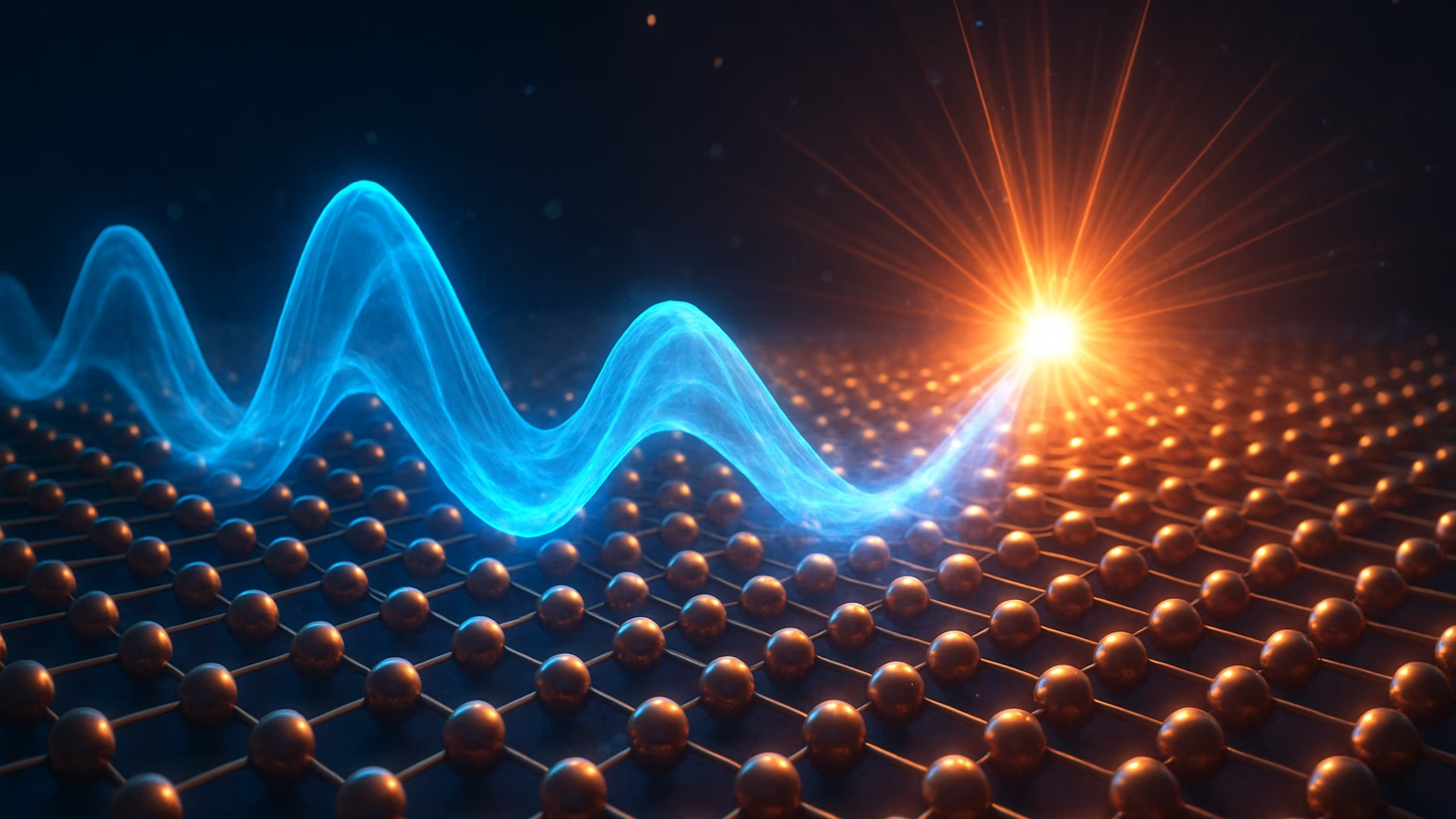By Charles Carter, 12/10/22
US startup SpinLaunch has tested NASA, Airbus, Cornell University and Outpost payloads in the latest flight of their 10,000G electric powered centrifuge launch system.
This was the tenth flight test of their 200kg-class satellite launcher, taking place on 27th September, although it was first time partner payloads have been mounted to its 3m test projectile.
How does it work?
A projectile carrying satellites is mounted on a spinning arm which is accelerated to speeds of up to 5,000mph inside a circular vacuum chamber with very low air resistance.
At just the right moment the projectile is released to coincide with an exit tunnel in the chamber and the kinetic rocket makes its way to low-earth orbit with small fuel-based boosters to do the final push.
At least, that is the vision, but they are currently testing a smaller Sub-Orbital Accelerator, before building the Orbital Accelerator.
So the projectile housing NASA and other partner payloads only reached speeds of 1,200mph and around 30,000 feet this time before falling back to the ground.
What are the potential benefits?
The partners were aiming to assess the commercial potential of SpinLaunch’s approach including what impact the very high G forces would have on their sensor instruments.
All payloads were also accelerated to 10,000G in SpinLaunch’s Lab Accelerator before being cleared for the test flight. The team recovered all payloads after landing and were able to retrieve data.
Airbus and Outpost confirmed the continued functionality of their instruments post-landing and NASA is currently analysing the data.
SpinLaunch’s slingshot approach could reduce the cost, complexity and environmental impact of launching satellites.
Questions for you. Comment below
- First thought that comes into your head?
- Pros and cons according to you?
- Other applications of this approach?
- What could this be combined with?




It is a classic use of the centrifugal force known in physics from numerous formulas. It can be defined as quasi artificial antigravity and can be used not only to throw objects into orbit but also as an inertial drive for spacecraft.
The speed of the rocket cannot be greater than the speed of the exhaust gases, and therefore the inertial drive allows the speed of the backlight to be achieved.
This technology is the subject of my concepts of inertial propulsion spacecraft or using a more media name – with quasi anti-gravity
Regards
Your point of view caught my eye and was very interesting. Thanks. I have a question for you.